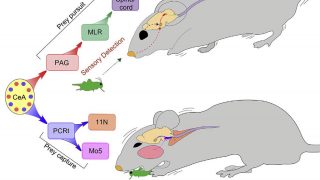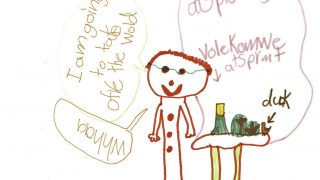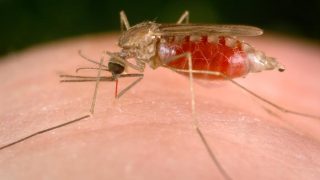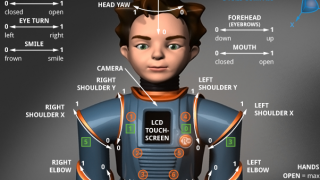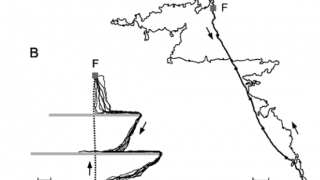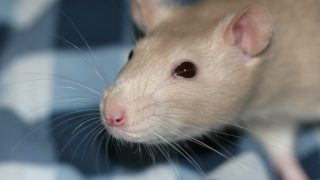
Medical marijuana. Really?
Marijuana is a preparation of the Cannabis sativa plant intended for use as a psychoactive drug, medicine and more rarely as religious or spiritual ingredient. It includes the dried leaves, flowers, stems, and seeds from the hemp plant. Its main active component is tetrahydrocannabinol (THC); one of 483 known compounds in the Cannabis plant, including […]
